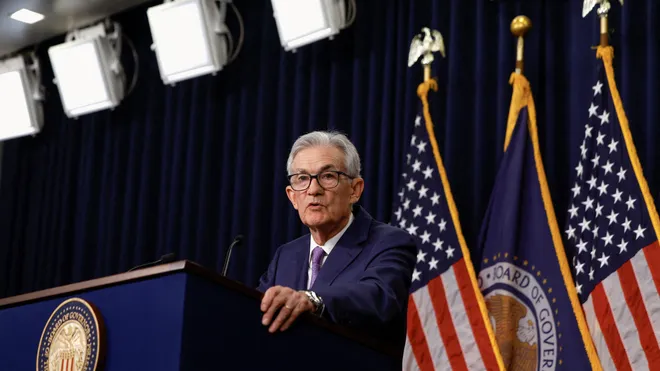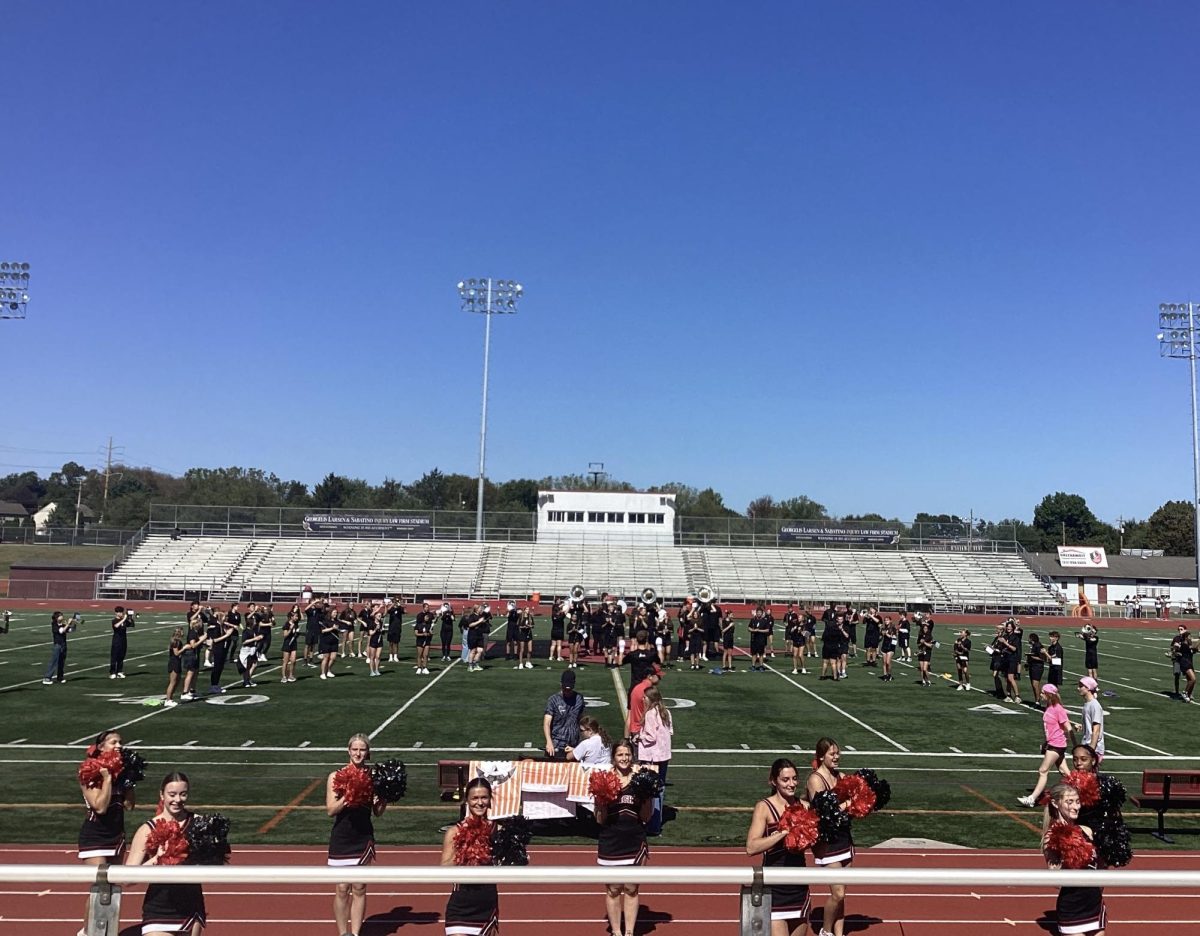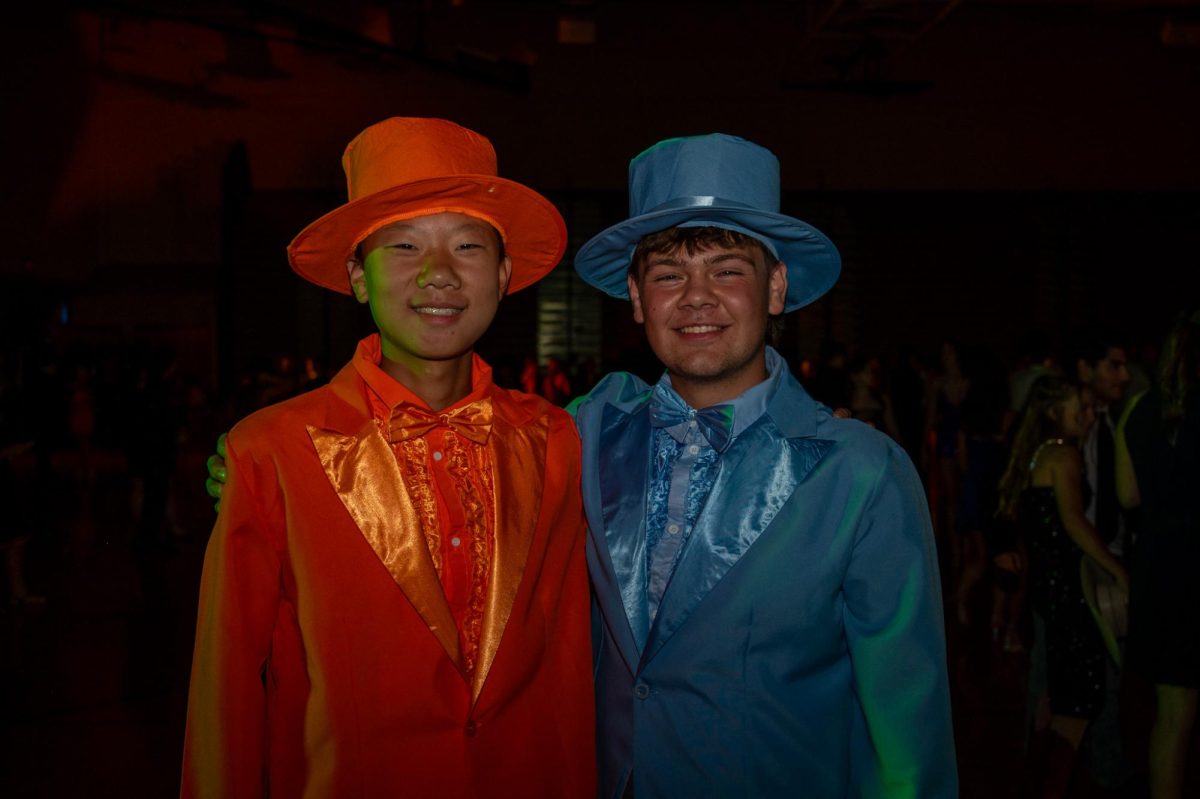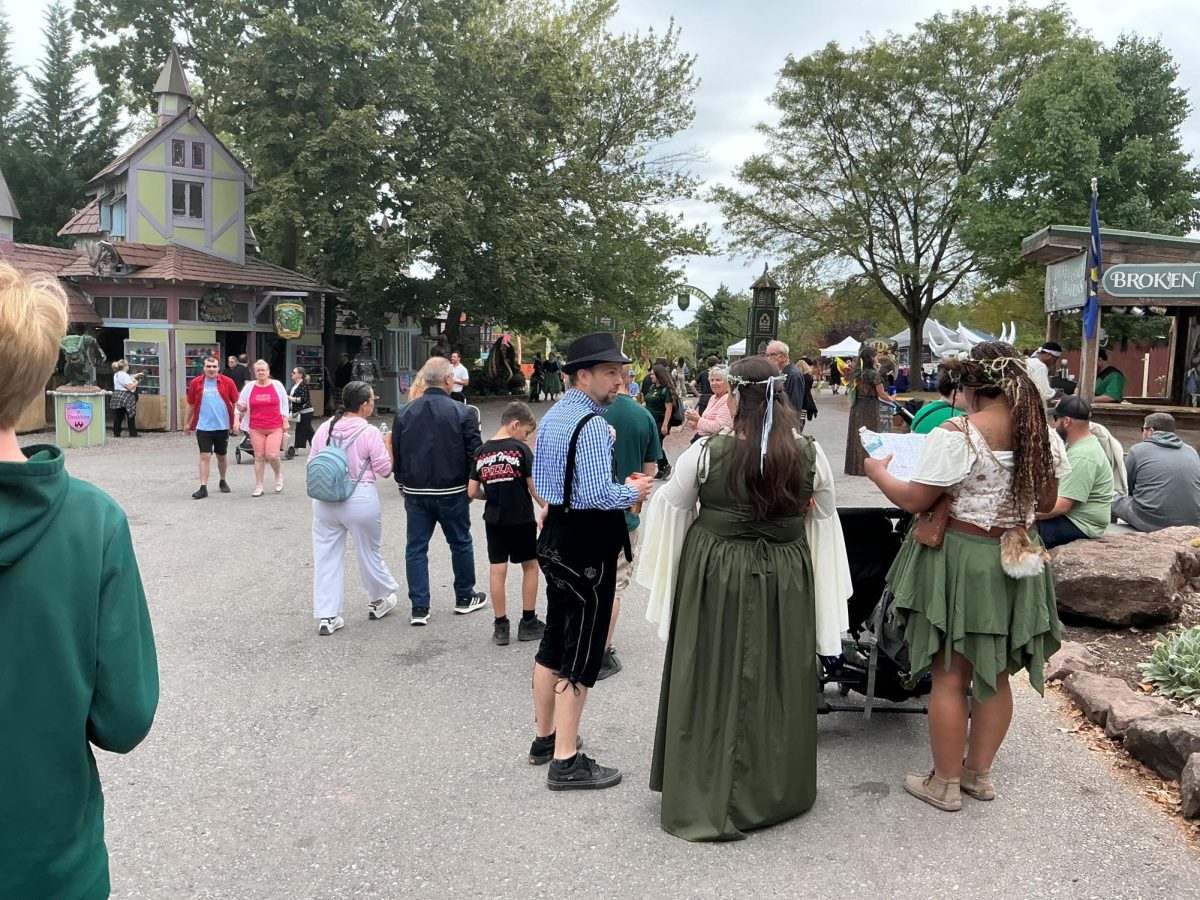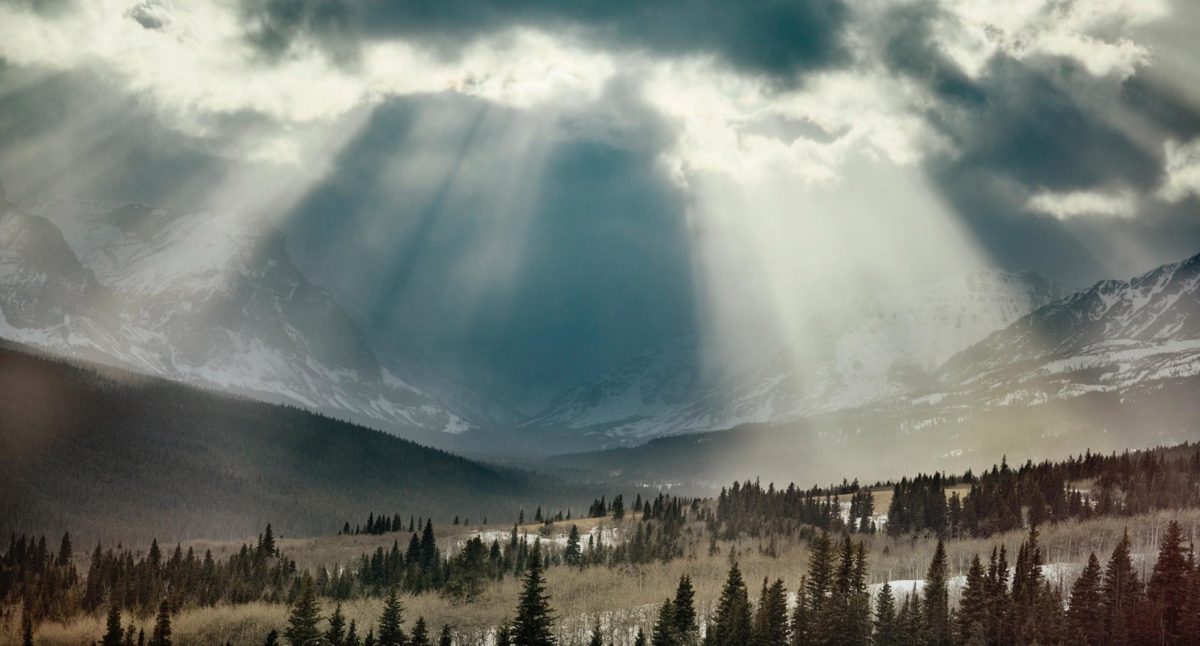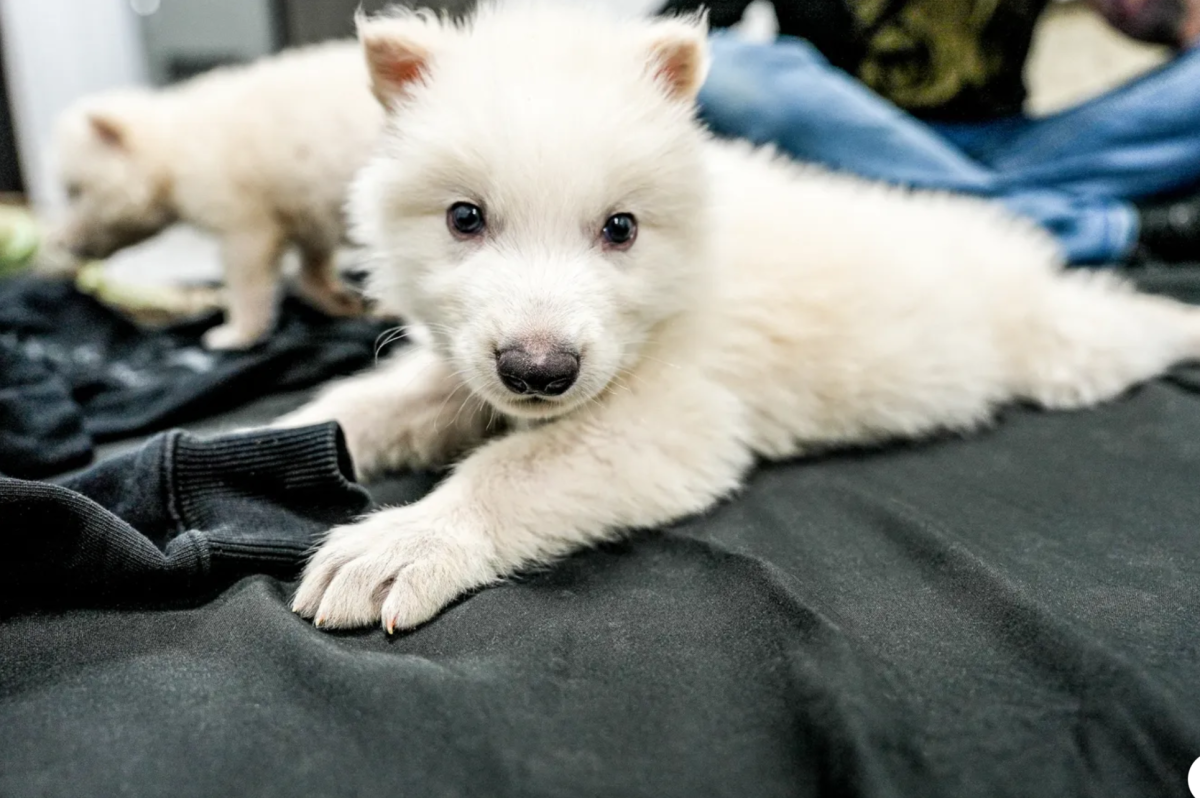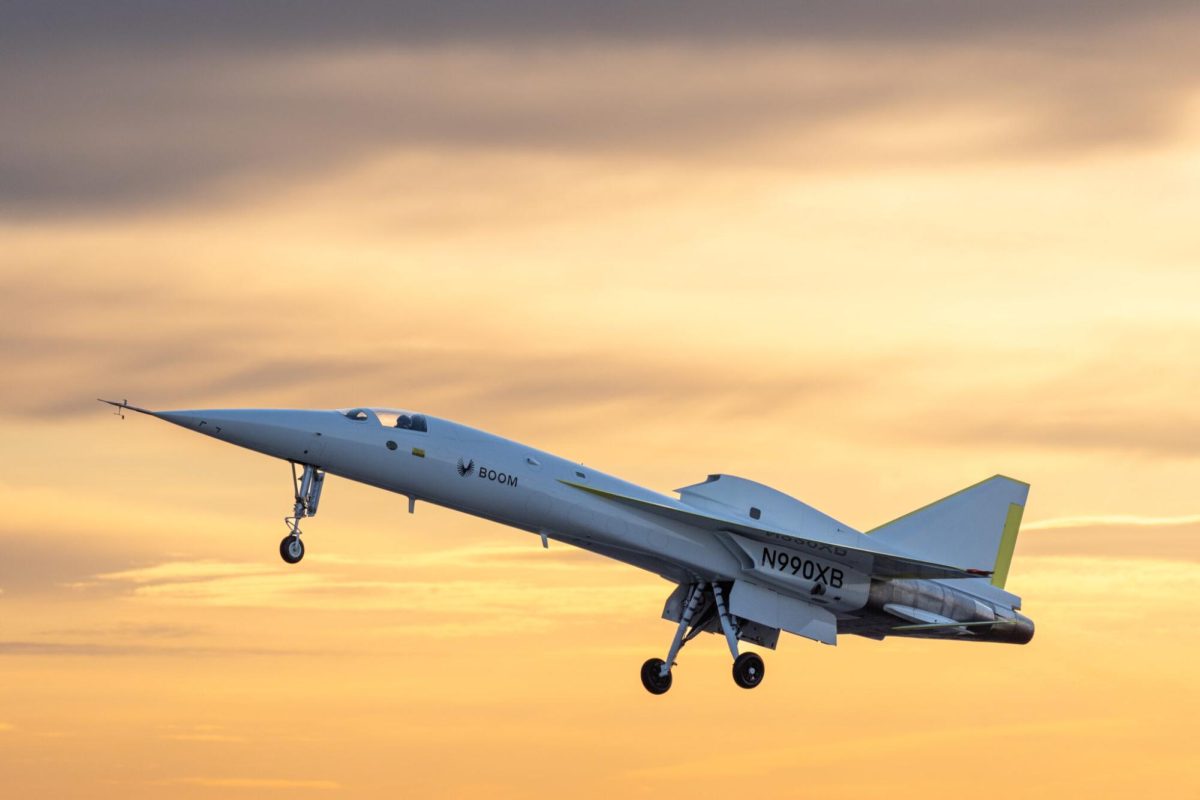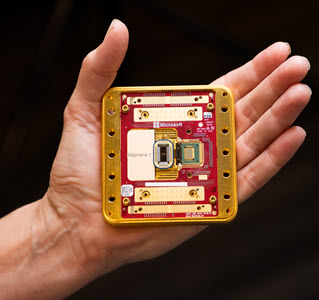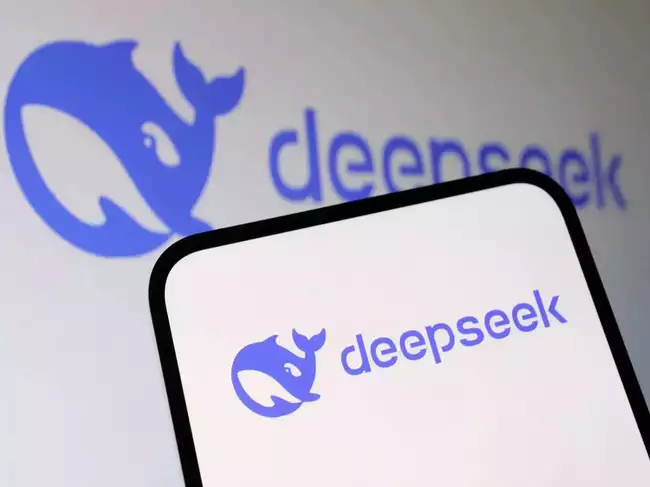Since the beginning of sentient humans, people have been expressing themselves creatively through various forms of art. Cave paintings from thousands of years ago and traditional dances passed down from generations reflect this age-old desire to create. A general continuity relating to the field of art as a whole is that the most prominent forms of painting, drawing, dancing, singing, etc. evolve with time to reflect and appeal to social situations. During the Renaissance, dramatic biblical realism was the most dominant form of art, while modern art favors abstract creativity seen through Picasso’s cubism. Another field of art with obvious changes in genre favoritism is music. The most prominent genre in the 1970s was undoubtedly rock, while in the 2010s it was pop.
Again, as these fields evolve, the certain genres that are favored usually reflect the social setting associated with younger generations. Using the example of rock, in the 1900s, several scientific and technological revolutions occurred, pushing younger generations away from religion. This cultural rebelliousness is directly reflected through rock and roll music, which many older generations viewed as devilish and inappropriate. Art tends to appeal to the younger generations as they generally consume the most art. With this, the art and music of today is no sort of outlier. With artificial intelligence becoming a regular in the average American’s life, it is of no surprise that several artists have begun utilizing AI to create.
For example, Elon Musk’s ex-wife Grimes has created an AI voice of herself and allowed fans and other artists to create their own songs with her voice. This allows her to create more music in a shorter amount of time. On top of this, a number of AI image generators are able to make professional-level renderings based off of prompts. For example, Canva has introduced a free AI art generator into their app, allowing anyone to create high quality digital artwork. These examples of AI art make the process of creating much more efficient. However, many argue that the very process of creating this art is exactly what makes art desirable.
Many opponents of AI art argue that AI makes art too accessible, and allows anyone to create masterpieces, which therefore decreases the amount of recognition highly skilled artists should be receiving. AI makes art less art-like, and lowers the prestige of being a renowned artist. Artists using AI, and software companies creating generative AI image programs are bringing rise to significant ethical concerns. Does AI truly reduce the credibility of and make people less appreciative of authentic art? If so, to what extent should AI be limited in creative spaces. How will these limitations be enforced? As of now, it is irrefutable that there needs to be limitations on the ever-expanding field of AI, but the main questions to be asked are: by who, when, and how? Will the younger generations carry the continuity of consuming art which appeals to their social surroundings, or will Millennials, Gen X, and Gen Z oppose AI art and instead stick to more traditional means of creating?





